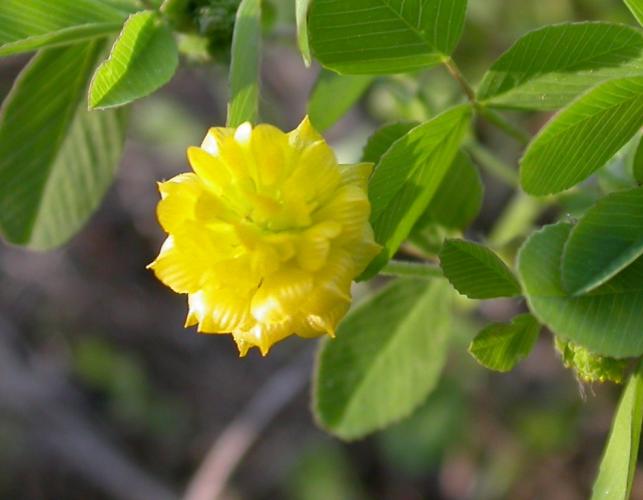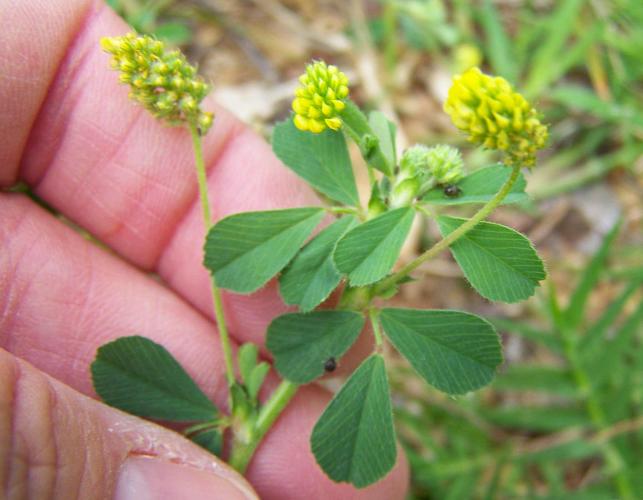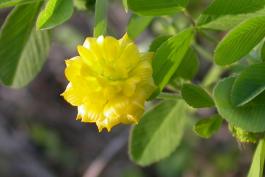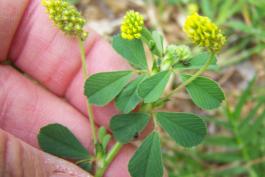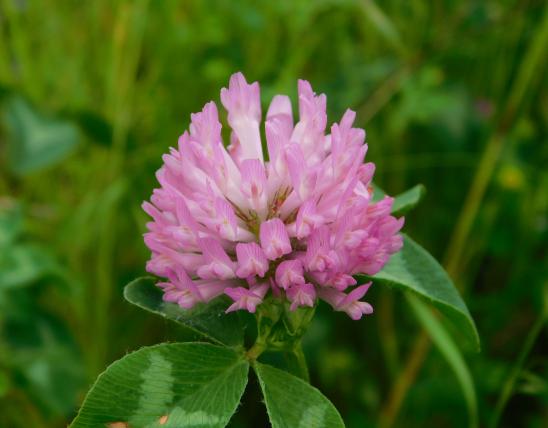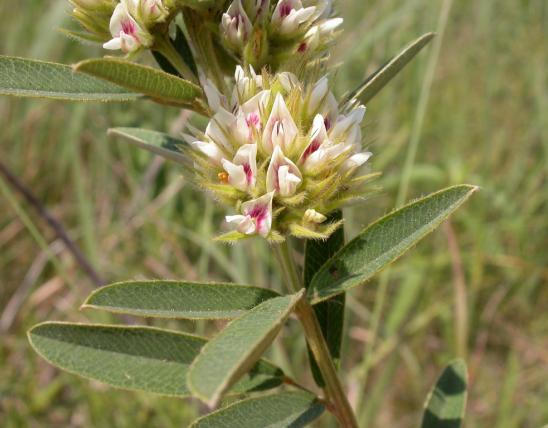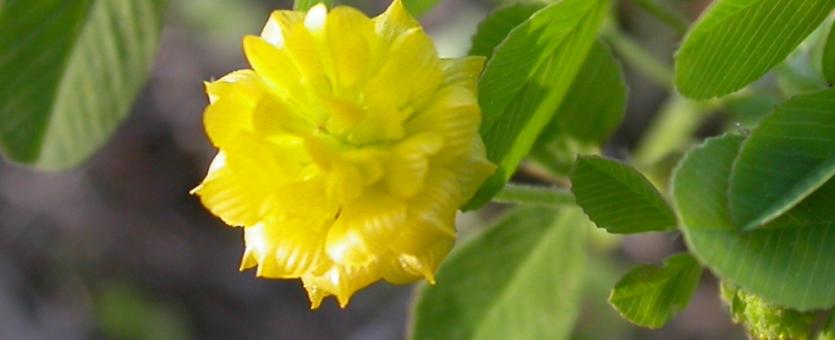
A prostrate, spreading annual. Flowers terminal, in dense rounded clusters, very small, yellow, in the typical configuration of members of the pea family. Blooms March–November. Leaves alternate, compound with 3 leaflets to ¾ inch long, the leaflets shallowly toothed. Stems usually angled or square, with soft hairs. Fruits a tiny, coiled, 1-seeded pod, almost black.
There are 5 species of Medicago in Missouri, including Medicago sativa (alfalfa) and 3 species of bur clover.
Height: to 20 inches.
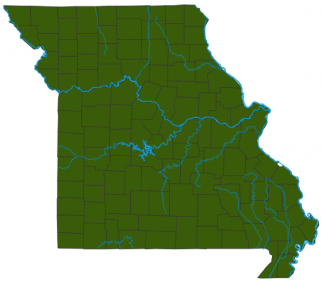
Statewide; introduced from Eurasia.
Habitat and Conservation
Occurs in fields, lawns, waste places, and along roads and railroads. A native of Eurasia and Africa, introduced and naturalized across much of North America. Black medick probably has nothing to do with medicine; its name comes from the genus name, Medicago. It is a nutritious but low-yielding legume for grazing animals and is not much planted in our area.
Human Connections
Like other legumes, this plant fixes nitrogen in the soil, and although it is usually considered a weed, it helps to bind and improve disturbed soils, and bees harvest nectar from the flowers to make honey.
Ecosystem Connections
Although it is not much planted as a pasture crop, that doesn't mean herbivores don't eat it. Wild herbivores such as woodchucks, deer, mice, and others nibble the foliage. Also, the alfalfa butterfly is named for its larval diet of plants in the genus Medicago.
